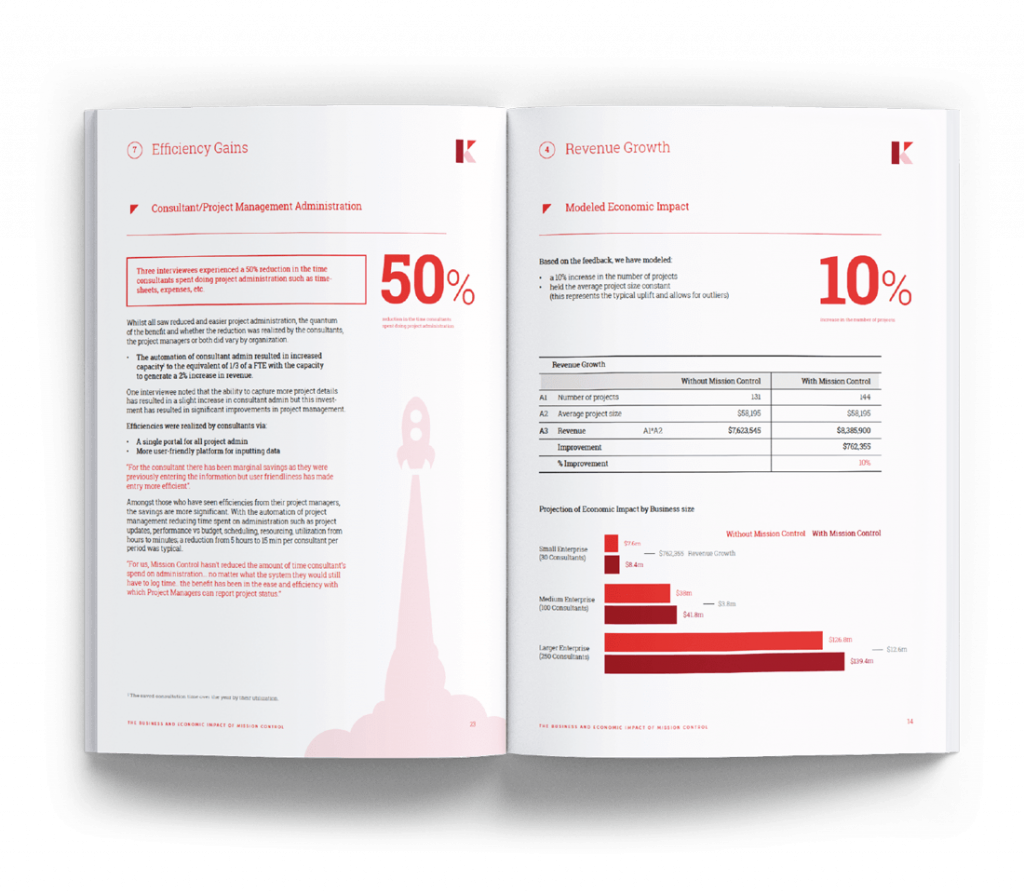As the project manager, you’ll spare no effort to ensure your project finishes on time and within budget. However, many variables affect the success of a project, and it’s vital to predict and spot potential problems that might derail your project’s progress. To do so, you require some tools to learn your processes and identify issues.
One such tool is the S-curve graph that helps describe, visualize and predict a project’s performance progressively over time.
This article discusses the S-curve graph, its benefits, and its common uses in project management situations.
S-Curve Explained
An S curve is a project management analysis that illustrates the relevant cumulative data (cost or the number of hours worked compared against time) for a project or task. Project managers use S-curves to record, monitor, analyze and control various performances by measuring variables over time.
With an S-curve, the project team can clearly see the current status, comparisons between the baseline or targets, and the forecast for future periods. The tool tracks work progress, forecasts cash flow, and assesses performance.
The S-curve got its name from the shape that the graph makes during the early stages of the project when the project’s growth is very slow. As the project starts, progress will usually be slow and look more like a straight line. As the project continues, there’s more rapid growth reflected with a sharper incline. However, it’s important to note that various internal and external factors can impact the shape of an S-curve graph at any point in the project’s lifecycle.
There are several types of S-curves that project managers can use, including:
- Target S-curve
- Costs versus time S-curve
- Value and percentage S-curves
- Baseline S-curve
- Man-hours versus time S-curve
- Actual S-curve
How S-Curves Are Helpful for Project Managers
The beauty of the S-curve is that it can monitor your project’s success by comparing the real-time cumulative data of various project elements with projected data. Here are a few more ways this tool can help your projects in the long term.
Stay abreast of project progress
According to Wellingtone, 50% of project managers don’t create baseline project schedules. It’s hard to monitor actual progress without a baseline. Creating an S-curve during project initiation involves using estimates for data such as expected man-hours and cost. This automatically creates a baseline to track your project’s progress against.
Staying abreast with your project’s progress lets you know when to make adjustments. This is vital when it comes to cost management and project risk management.
Allocate resources effectively
An S-curve analysis reveals when a project might require more cash or project activities will be higher. This insight makes your resource allocation and budget planning more accurate.
Create a flexible project schedule
When creating an S-curve, the project manager can estimate the earliest and latest tasks can start in the schedule without affecting the overall project duration. This enables the manager to create a flexible schedule that leaves room for inevitable changes during project execution.
Make cash-flow predictions
The S-curve formula helps you map out your expected cash flow from start to finish. You can also monitor how cash is spent throughout the project’s lifecycle. The S-curve allows the project manager to identify periods when a cash injection is necessary to ensure liquidity during the project. This is especially helpful in projects where cash is released in bits. Project managers can, therefore, plan to have funds released during the periods the projects require payments or cash output.
Identify bottlenecks
Analyzing an S-curve graph enables project managers to identify what’s slowing the project’s progress. Project managers can then prepare for or avoid bottlenecks by identifying them.
Set realistic project expectations
Creating an S-curve graph visualizes the project progress enabling the project managers to establish realistic expectations at each point in a project’s life cycle.
Common Uses of S-Curve Analysis in Project Management
These are some common uses for S-curve analysis in project management:
1. Resource allocation
Sourcing for resources can be challenging and needs to be done before a project begins. With an S-curve, you can plot using the parameters of ‘expected man-hours’ and’ time.’ This reveals your resource needs for every stage of the project life cycle. This visualization enables you to plan your resource allocation in advance. You can hire just the resources you have and ensure you have more on standby when you need them.
2. Performance and progress evaluation
S-curves enable project managers to assess the project’s progress and performance using earned value management (EVM). This process involves identifying the actual cost, earned value, and planned value. The elements are then compared with the designed S-curve to see whether a project is within budget and schedule.
3. Forecasting cash flow
Project managers use S-curve graphs to develop cash flow curves. A cash flow curve lets you see where you incurred costs throughout a project. This makes it easier to forecast cash requirements for ongoing and future projects.
4. Determining the scope
By comparing the baseline and target S-curves, project managers can see if the project’s scope has changed. Project managers can then discern if they need extra resources should there be a change in the project scope. If there are no available additional resources, then the project manager will be able to tell whether a project extension will work
5. Determining slippage
Slippage is the duration that a task is pushed back from its schedule. It occurs when there’s a difference between a task’s scheduled start or finish date and the baseline start and finish dates.
The S-curve is used to identify slippage and find ways to avoid it, such as allocating extra resources or raising a change request to update the schedule baseline.
6. Quantity output comparison
Quantity output comparison S-curve graphs are typical in the manufacturing and construction industries. They’re mainly used to monitor the amount of output the project will yield. On this graph, project managers plot the projected and actual quantities of goods to visualize how much product will be needed to fulfill orders. The quantity output comparison S-curve graph allows you to identify if your production team is producing enough products to meet demand. If not, you’ll be able to strategically decide when to schedule more resources or speed up your manufacturing processes.
The S-curve in project management is a fantastic tool to monitor various performance outputs, identify bottlenecks, and avoid them to ensure projects are delivered on schedule and under budget.
When using S-curves for your organization, a project management tool can make monitoring project progress easier.
A tool like Mission Control has features that enable you to ensure your projects remain on track. Your team can use Timesheets to track their billable hours, allowing the project manager to see where time is being spent.
The Gantt chart is a powerful feature to create project baselines and monitor actual progress to ensure the project stays on track.
Ready to maximize the power of an S-curve graph and track your projects better? Contact us today for a demo.





